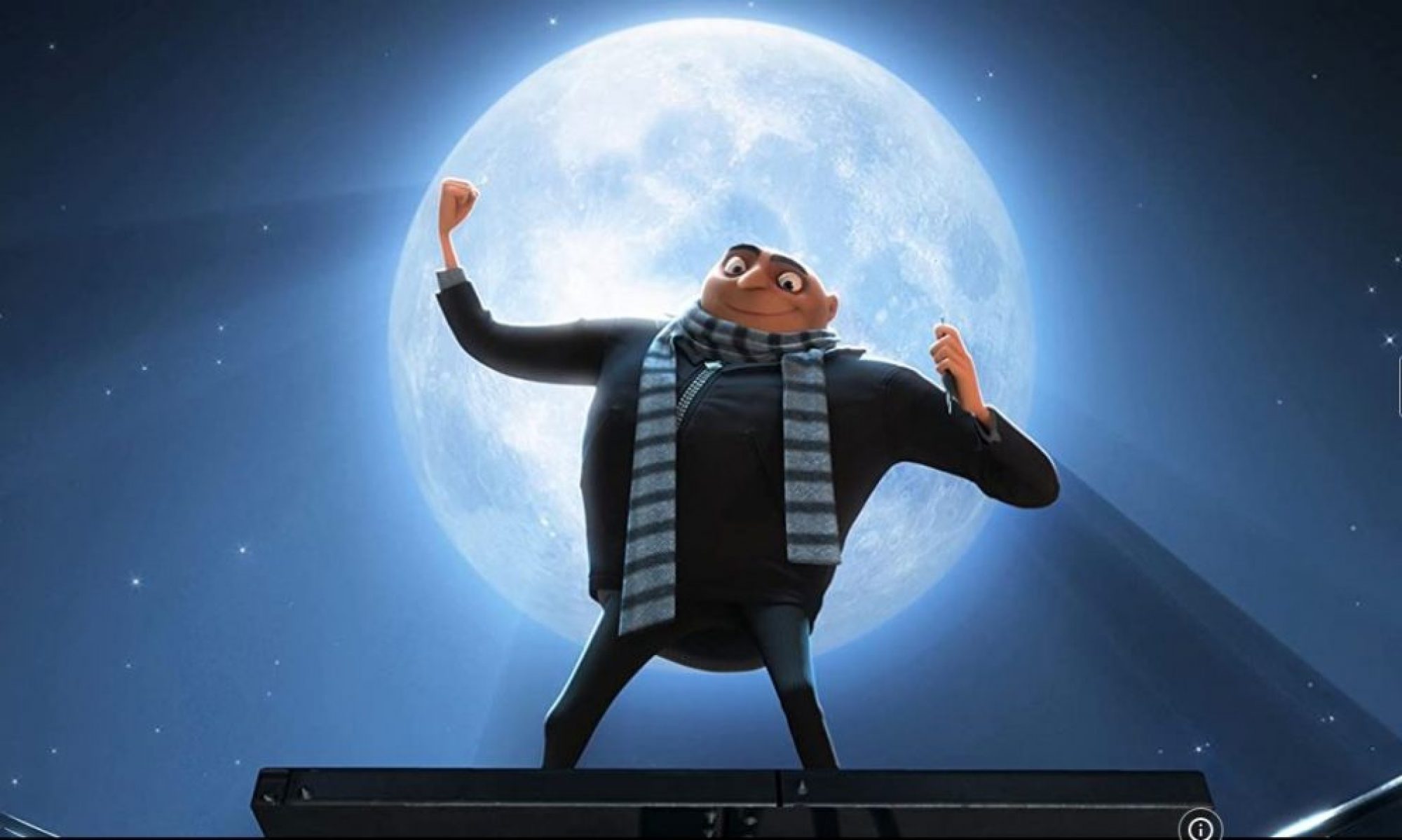This week we talked about matchmove and rotomation and what impact does that have on us, animators….
So… what is Matchmove?
Matchmove, also known as motion tracking, is the way to incorporate 3D data into live footage matching position, scale and orientation, like the bridge between those two in order to be possible to animate things in real world footage. The virtual camera has to move exactly like the one in the footage to ensure that everything we see in the movie can be captured by the 3D software and make it editable. The process of matching the movement of the camera with the one in 3D software is called matchmoving. The 3D software that performs the matchmove uses a tracking algorithm to find points in the footage that are already there (on a character or object) or through the contrast the software finds points to determine the distance of some objects, creating a 3D dimension in a 2D footage.
Camera knowledge is very important (focal length and angle of view) for all this to work, the camera is the viewer, it needs to see everything properly, we can never forget, the camera is also a character!
Matchmove is used in movies and television and even live broadcasts, for example in basketball games some of the advertising that is on the floor is not really there, it is generated by computer, whether in 2D or 3D.
I found this video and believe it is a good example of matchmoving:
When in 2D, matchmoving only tracks 2D space and it doesn’t really care about camera movement or distortion.
But, when in 3D everything is possible for that footage, the tracking software creates dots in space to allow the camera to have a 3D notion of space.

Nowadays with all the technology, directors of movies like the avengers can preview how the shot of a scene will look like before going into post-production. Ofcourse it’s not exactly how it will be in the end of post-production but it will give a pretty good idea of it.
Rotomation!!
The first time I heard about it was in class, I never really though how did they match the movements of the 3D elements into the actors, the chroma key ofcourse, is the main ingredient but I was totally in the dark on this subject.
Well, rotomation is the name of that! It is the process of animating a 3D element on top of the tracked motion (matchmove) frame by frame to match an actors movement or an object in live action plate. For this to be possible the camera has to really match the footage, or else the work will never look good or finished. This is a technique that comes with a good matchmove requirement.

These two are a new thing in the industry, not much people know how to do it or what it is. My main focus is animated movies but I find this technique trully interesting and… who knows? But I wouldn’t mind learning it and eventually work on it in the future.
In my view, the work of animators in an industry that is creating movies with amazing 3D content and VFX techniques is really focused on these two techniques that work together. Matchmove is focused on the camera, that is also a character and needs a good animation like everything else and rotomation is animation on top of real life footage and it is a door for a world of possibilities in the cinema and games industry. I see these two as a bridge between the real and unreal 3D world that still has so much to be discovered and done.
